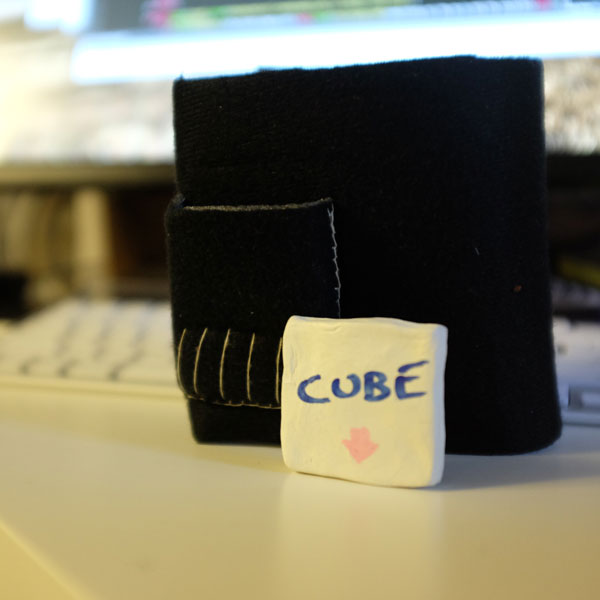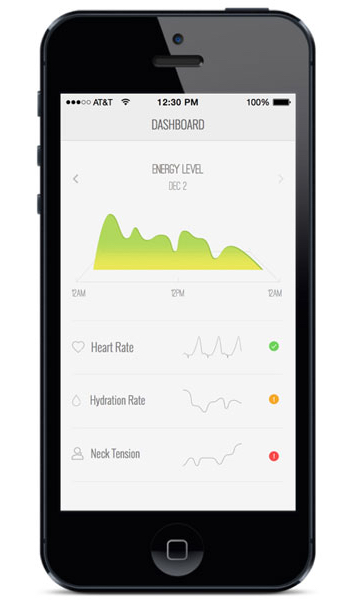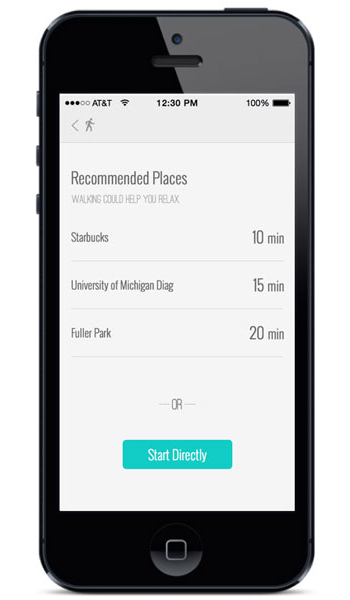OBJECTIVE
The quantified self is often used to help users mold new habits in the name of self-improvement, whether it's helping people drink more water, eat fewer calories, walk a thousand steps per day, or spend less money.
But those are issues where the benefits and ramifications are easily percieved. How could the quantified self be used to help people become cognizant of personal issues that are easily overlooked or difficult to combat, like mental fatugue?
SO TO BEGIN...
"Physical exhaustion is fine, but mental stress is more overwhelming; I don't know how to deal with it."
TO THE DRAWING TABLE
As we combed through our interview notes, we came to the conclusion that we could leverage the quantified self to help people become aware about their state of mental fatigue while integrating micro-interventions to help users along their day.
We began to do research into what the quantifiable symptoms of mental fatigue were, as well as what strategies were commonly recommeneded for managing stress.
So to this end, I created a rough mockup out of clay and a neoprene-like fabric: if the wearable was to be worn on the upper arm, then it would need to be able to be worn discreetely so as not to draw attention and comfortably so that people would actually want to wear it. The wearable would comprise of an armband containing an optical heart rate sensor as well as bio-impedance sensors for respiration and sweat; a removable module would contain a battery, connectivity radios, and other sensors such as an accelerometer. The size of the module was based off a Fitbit Surge, as it contains a similar complement of sensors while having respectable battery life.
I conducted several hallway wearability tests with the mockup; although the weight was heavier than an actual wearable would be, it was sufficiently discrete and comfortable.
On the software side, we decided on prompting users to engage in micro-activities that would be triggered by either shifts in the user's tracked metrics or by a mere matter of time. Activities included "Take a bathroom break", "Go get some water", and "Go outside for a few minutes". These were optimized for people with desk jobs, as all of these prompts involved getting up and walking for a little bit, but they are also dismissable.


